10 Best Herbal Tinctures For Hyperpigmentation

Herbal tinctures for hyperpigmentation are concentrated liquid extracts made from plants known for their skin-lightening and anti-inflammatory properties.
These tinctures often contain ingredients like licorice root, turmeric, and neem, which help reduce melanin production and even out skin tone. They are typically applied topically to the skin as part of a skincare routine to target dark spots and acne scars. Due to their natural composition, herbal tinctures are often preferred by those seeking gentle, chemical-free alternatives to conventional treatments.
However, it is important to consult a dermatologist before use to ensure safety and effectiveness, especially for individuals with sensitive skin.
FREE COURSE
How to make medicinal herbal tinctures for common ailments at home and in a weekend (using the Healing Drops System).

Table of Contents
1. Curcuma longa
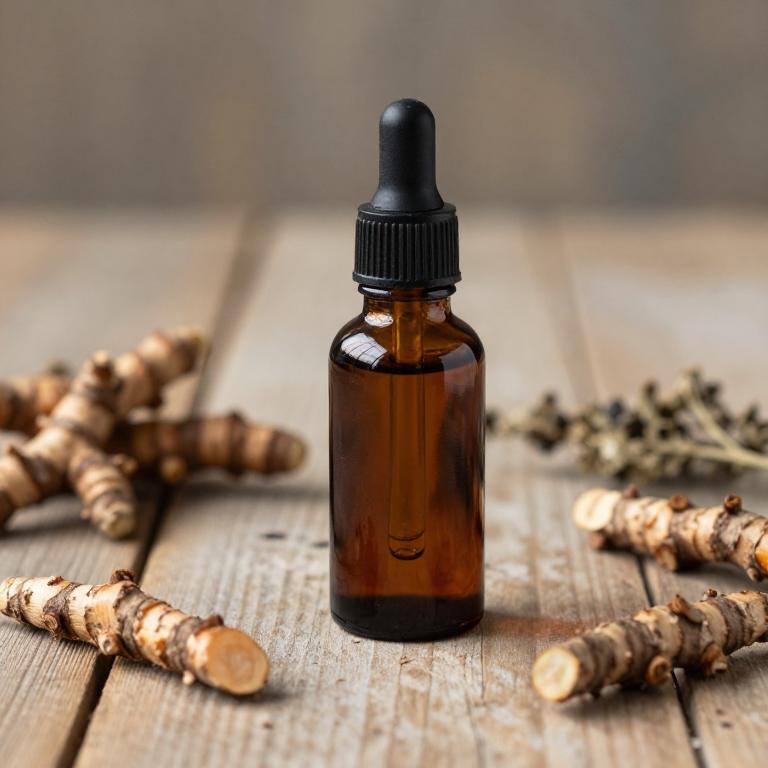
Curcuma longa, commonly known as turmeric, has been traditionally used for its anti-inflammatory and antioxidant properties, and its herbal tinctures are increasingly recognized for their potential in addressing hyperpigmentation.
The active compound curcumin in curcuma longa tinctures helps inhibit melanin production by reducing oxidative stress and modulating key enzymes involved in pigmentation. These tinctures can be applied topically to the skin as part of a skincare routine to help even out skin tone and reduce the appearance of dark spots. However, due to its potency, it is important to dilute the tincture properly to avoid irritation.
While curcuma longa tinctures show promise in treating hyperpigmentation, they should be used in conjunction with other skincare treatments and under the guidance of a healthcare professional for optimal results.
2. Silybum marianum
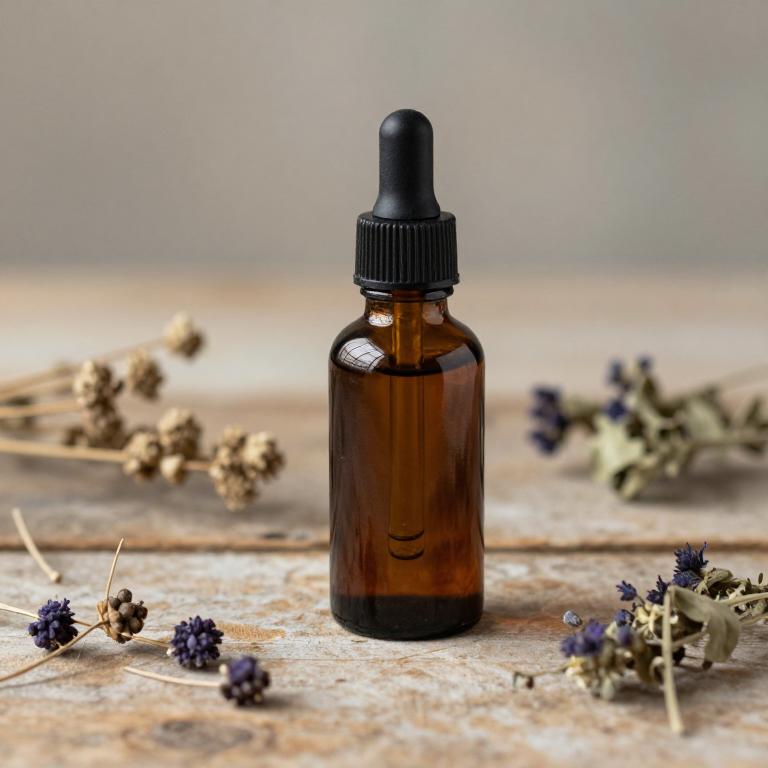
Silybum marianum, commonly known as milk thistle, is a herbal remedy that has gained attention for its potential benefits in treating hyperpigmentation.
The active compound, silymarin, is believed to support liver function and may help in detoxifying the body, which can indirectly impact skin health. Silybum marianum tinctures are often used topically or taken internally to promote skin renewal and reduce the appearance of dark spots. While some studies suggest its antioxidant properties may aid in skin lightening, more research is needed to confirm its efficacy for hyperpigmentation.
As with any herbal remedy, it is important to consult a healthcare professional before use, especially if you have underlying health conditions or are taking other medications.
3. Aloe barbadensis

Aloe barbadensis, commonly known as aloe vera, has been widely recognized for its skin-healing properties, and its herbal tinctures are increasingly used to address hyperpigmentation.
These tinctures contain bioactive compounds such as anthraquinones, polysaccharides, and enzymes that help reduce melanin production and promote skin renewal. Aloe vera tinctures are believed to inhibit the activity of tyrosinase, an enzyme crucial in melanin synthesis, thereby lightening dark spots and evening skin tone. Additionally, they possess anti-inflammatory and antioxidant properties that soothe irritated skin and enhance the skin's natural repair process.
When used consistently, aloe barbadensis tinctures may offer a natural and effective alternative for managing hyperpigmentation, though results may vary depending on the individual's skin type and condition.
4. Centella asiatica
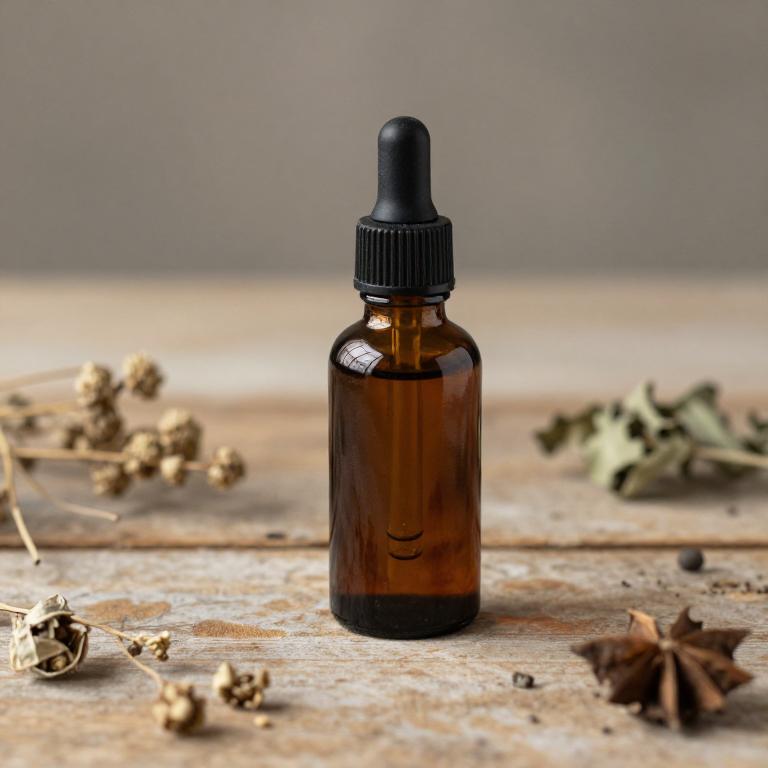
Centella asiatica, also known as gotu kola, is a traditional medicinal herb widely used for its skin-brightening and healing properties.
Centella asiatica herbal tinctures are formulated to target hyperpigmentation by promoting skin renewal and reducing the appearance of dark spots. These tinctures contain active compounds like asiatic acid and madecassol, which help in inhibiting melanin production and enhancing skin elasticity. When applied topically, they can improve the texture and tone of the skin, making them a popular choice in natural skincare routines.
Regular use of centella asiatica tinctures may lead to a more even skin complexion and reduced signs of hyperpigmentation over time.
5. Rosa canina
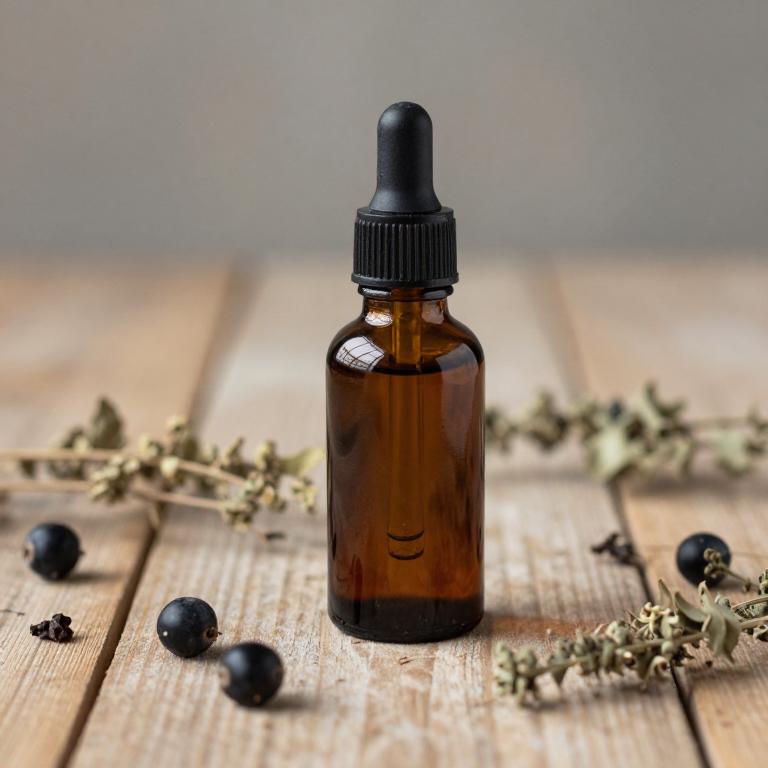
Rosa canina, also known as dog rose, has been traditionally used in herbal medicine for its potential skin benefits, including its ability to address hyperpigmentation.
The tinctures derived from Rosa canina are rich in antioxidants, vitamins, and bioflavonoids, which may help in reducing the appearance of dark spots and promoting even skin tone. These tinctures are often used topically as part of skincare routines to support the skin's natural healing process and reduce oxidative stress that contributes to pigmentation. Due to their soothing and anti-inflammatory properties, Rosa canina tinctures may also help calm irritated skin while improving overall skin texture.
While more clinical research is needed, many users report positive results when incorporating Rosa canina tinctures into their skincare regimen for hyperpigmentation concerns.
6. Vitex agnus-castus

Vitex agnus-castus, commonly known as chasteberry, has been traditionally used in herbal medicine for its potential benefits in hormonal balance, which may indirectly support skin health.
Herbal tinctures made from Vitex agnus-castus are often used to address hormonal fluctuations that can contribute to hyperpigmentation, such as melasma or post-inflammatory hyperpigmentation. These tinctures are believed to influence the hypothalamic-pituitary-adrenal (HPA) axis and may help regulate cortisol levels, which can impact melanin production. While scientific evidence supporting its efficacy for hyperpigmentation is limited, some studies suggest it may have anti-inflammatory and antioxidant properties that could aid in skin repair.
As with any herbal remedy, it is important to consult with a healthcare provider before use, especially for individuals with existing health conditions or those taking medications.
7. Glycyrrhiza glabra
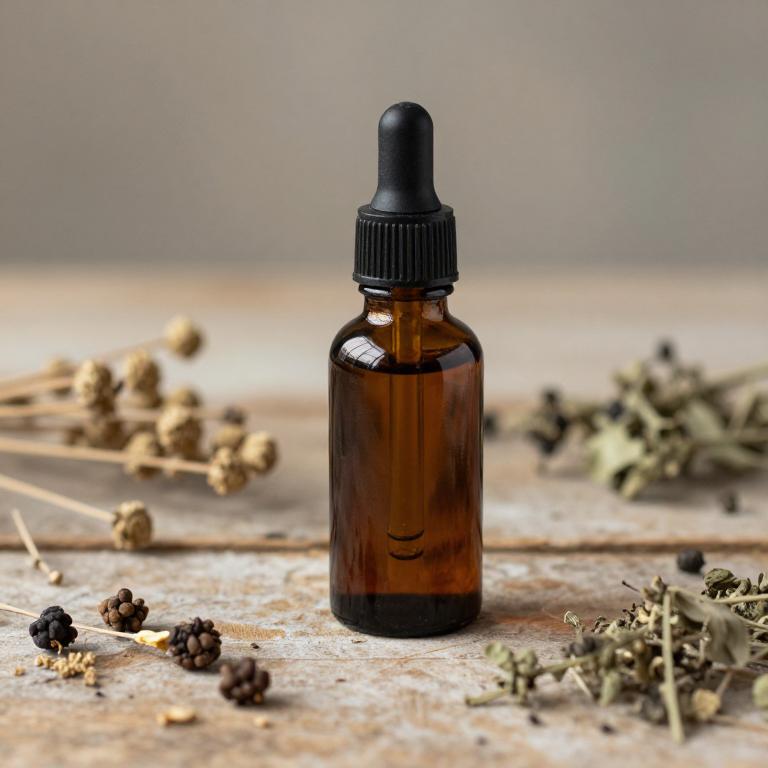
Glycyrrhiza glabra, commonly known as licorice root, has been traditionally used in herbal medicine for its potential benefits in treating hyperpigmentation.
The active compounds in licorice root tinctures, such as glabridin and liquiritin, are believed to inhibit melanin production, thereby reducing the appearance of dark spots and uneven skin tone. These tinctures are often used topically as part of skincare routines aimed at brightening the skin and improving overall complexion. Due to their anti-inflammatory and antioxidant properties, licorice root tinctures may also help soothe irritated skin and promote a more even skin tone.
However, it is important to consult a healthcare provider before use, as some individuals may experience skin sensitivity or allergic reactions.
8. Cnicus benedictus
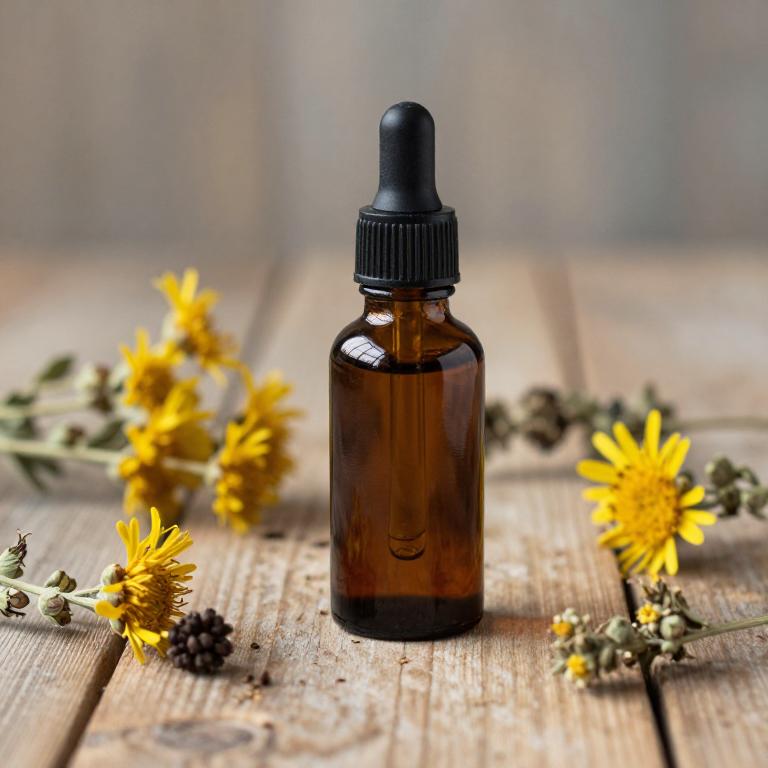
Cnicus benedictus, also known as blessed thorn or St. Benedict's thorn, is a traditional herbal remedy used for its potential skin-brightening properties.
Herbal tinctures made from Cnicus benedictus are often used to address hyperpigmentation, including conditions like melasma and post-inflammatory hyperpigmentation. The plant contains bioactive compounds such as flavonoids and triterpenes, which may inhibit melanin production and promote skin cell renewal. These tinctures are typically applied topically and are believed to help even skin tone and reduce dark spots.
While more research is needed, Cnicus benedictus has gained attention in natural skincare for its gentle yet effective approach to managing hyperpigmentation.
9. Tamarindus indica
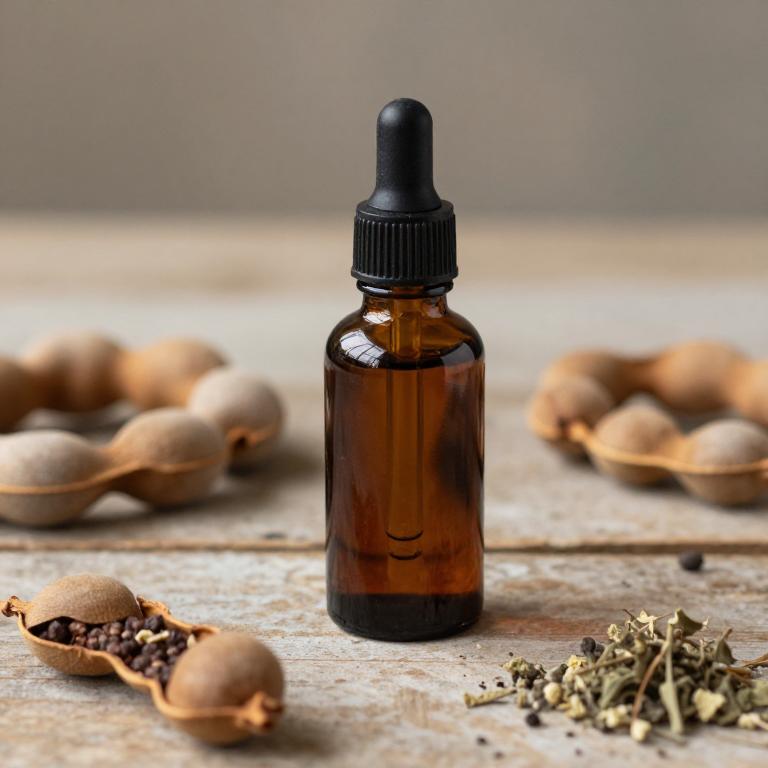
Tamarindus indica, commonly known as tamarind, has been traditionally used in herbal medicine for its potent antioxidant and anti-inflammatory properties, which make it a valuable ingredient in tinctures for hyperpigmentation.
These tinctures are formulated to target melanin production by inhibiting tyrosinase, an enzyme crucial in melanin synthesis, thereby helping to reduce dark spots and uneven skin tone. The high concentration of flavonoids and polyphenols in tamarind contributes to its ability to protect the skin from oxidative stress and UV-induced damage, which are major contributors to hyperpigmentation. When applied topically, tamarind-based tinctures may promote skin renewal and enhance overall skin clarity, making them a natural alternative for those seeking to lighten pigmentation without harsh chemicals.
However, it is important to consult with a dermatologist to ensure safe and effective use, especially for individuals with sensitive skin or existing skin conditions.
10. Vitis vinifera
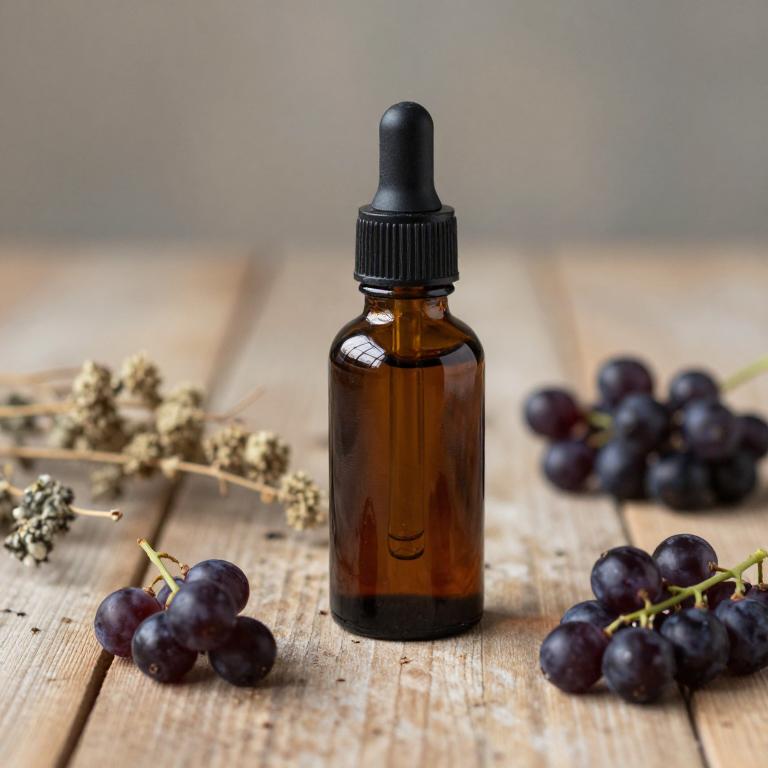
Vitis vinifera, commonly known as the common grapevine, is the source of a variety of herbal tinctures used in natural skincare for hyperpigmentation.
These tinctures are derived from the leaves, berries, and seeds of the vine, and are rich in polyphenols, resveratrol, and other antioxidants that help to inhibit melanin production. The active compounds in Vitis vinifera tinctures work by reducing oxidative stress and inflammation, which are key factors in the development of hyperpigmentation. When applied topically, these tinctures can help to even out skin tone and fade dark spots over time.
Due to their natural composition, Vitis vinifera tinctures are often considered a safe and effective alternative to chemical-based treatments for hyperpigmentation.